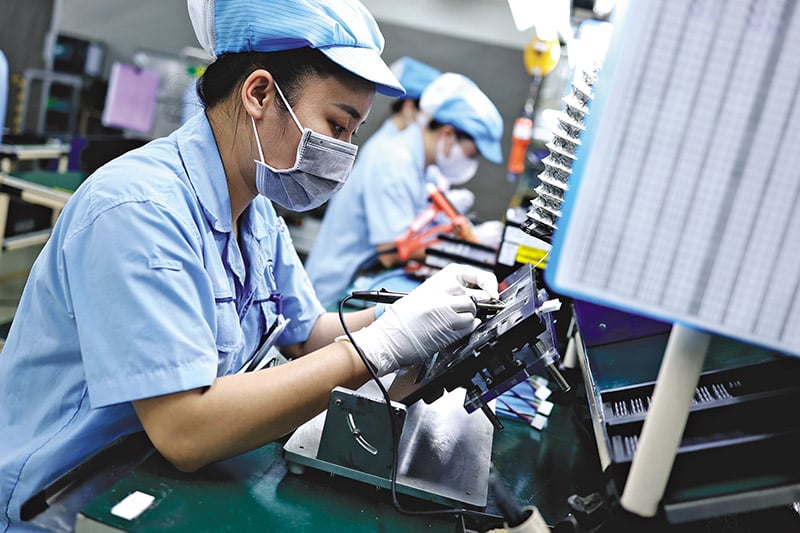 |
| Vietnam has become the "headquarters" of many multinational corporations. Photo: Duc Thanh |
Vietnam is still an attractive destination
The US reciprocal tax policy officially took effect from August 7, 2025, imposing additional tariffs on imports from more than 70 countries, is reshaping the trade landscape in the region and leading to a familiar reaction of global production relocation.
For many global manufacturers, the move is reminiscent of the first wave of the US-China trade war in 2018, which prompted a massive relocation of production out of China. However, this time the ripple effect is wider and Vietnam has once again emerged as a strategic destination.
Despite being on the list of countries affected by the new tax policy, with a 20% tax applied to some exports to the US, Vietnam remains an attractive destination for businesses looking to diversify their supply chains. There are many factors driving this trend.
Vietnam is a member of important trade agreements such as the Comprehensive and Progressive Agreement for Trans -Pacific Partnership (CPTPP), the Regional Comprehensive Economic Partnership (RCEP) as well as bilateral free trade agreements (FTAs) with the EU and the UK, providing preferential access to major markets.
 Vietnam's ability to respond flexibly to global shocks and turn challenges into opportunities is rare in the region.
Vietnam's ability to respond flexibly to global shocks and turn challenges into opportunities is rare in the region. 
The domestic manufacturing ecosystem has grown significantly since 2018, with growing capabilities in electronics, textiles, furniture, and more recently, semiconductors and electric vehicles. Labor costs in Vietnam remain lower than in China, Thailand, or Malaysia. Infrastructure, from seaports, highways to industrial parks, continues to see increased investment. In addition, the Vietnamese government has proactively attracted foreign investment through tax incentives and administrative reforms.
Looking beyond Asia, many economies are also struggling to find a foothold in this shift. Indonesia has focused on securing strategic mineral resources and improving the resilience of small and medium-sized enterprises, but manufacturing growth has stalled and infrastructure remains a weakness. Malaysia has focused on high-tech industries, but its Purchasing Managers’ Index (PMI) fell below 50 in early 2025, signaling a slowdown.
Pakistan has low labor costs, but political instability and poor logistics systems are major barriers. South Korea and Japan have advanced industries, but high production costs make them unattractive for investment in mass production.
Vietnam’s advantage lies in the balance: having the scale and cost efficiency of emerging markets, but also the trade access and policy stability of developed economies. Even with a 20% reciprocal tariff, Vietnam’s costs are much more competitive than the alternatives, given the logistics, labor and regulatory environment.
Strategic moves
Vietnam’s ability to respond flexibly to global shocks and turn challenges into opportunities is rare in the region. This is demonstrated not only by the wave of production relocation, but also by the restructuring of the entire supply chain strategy around Vietnam’s strengths.
Many multinational corporations have made concrete moves. Electronics giants are expanding their investments in Bac Ninh and Hai Phong. Textile and furniture companies are actively surveying new locations in the Central and Southern regions. Supply chain consulting firms have recorded a sharp increase in requests from American and European buyers to hedge against tariff risks.
However, Vietnam’s ambitions do not stop at manufacturing. In June 2025, the National Assembly passed a resolution on the establishment of two international financial centers, located in Ho Chi Minh City and Da Nang.
These centers are designed to position Vietnam as a competitive financial center in the Asian region, with a special legal framework and infrastructure built specifically to serve global capital markets.
The Vietnamese government sees this as a strategic move to attract international financial institutions, develop the domestic capital market and strengthen connections with global investment flows. With a rapidly growing economy, a growing stock market and a strategic geographical location in Southeast Asia, Vietnam is gradually building the foundation to become not only a manufacturing powerhouse, but also a regional financial gateway.
Despite facing a number of challenges, such as labor shortages, energy pressures and institutional bottlenecks, Vietnam’s adaptability and resilience continue to shine. Vietnam is transforming itself, positioning itself as a dynamic player in the global economy. With strategic vision, strong reforms, and ever-expanding production capacity, this is the time for Vietnam to make a breakthrough in economic development.
Source: https://baodautu.vn/viet-nam---diem-den-chien-luoc-giua-lan-song-thue-quan-d359455.html


![[Photo] National Assembly Chairman Tran Thanh Man holds talks with President of the Senate of the Czech Republic Milos Vystrcil](/_next/image?url=https%3A%2F%2Fvphoto.vietnam.vn%2Fthumb%2F1200x675%2Fvietnam%2Fresource%2FIMAGE%2F2025%2F11%2F21%2F1763715853195_ndo_br_bnd-6440-jpg.webp&w=3840&q=75)

![[Photo] Visit Hung Yen to admire the "wooden masterpiece" pagoda in the heart of the Northern Delta](/_next/image?url=https%3A%2F%2Fvphoto.vietnam.vn%2Fthumb%2F1200x675%2Fvietnam%2Fresource%2FIMAGE%2F2025%2F11%2F21%2F1763716446000_a1-bnd-8471-1769-jpg.webp&w=3840&q=75)



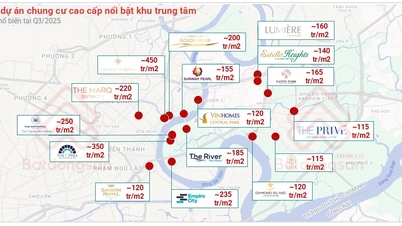

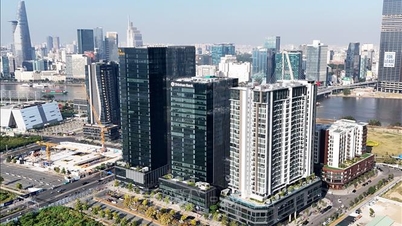
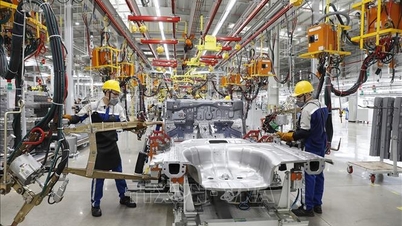





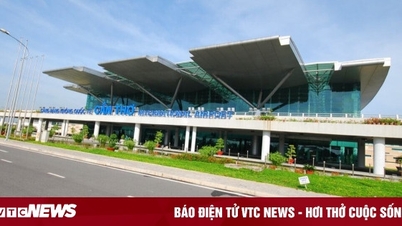




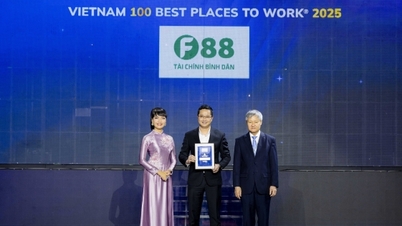

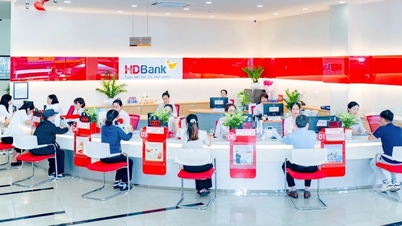







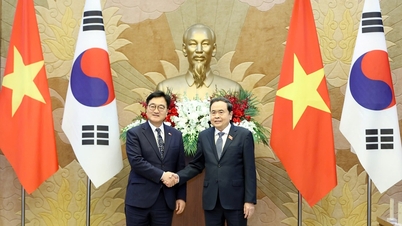


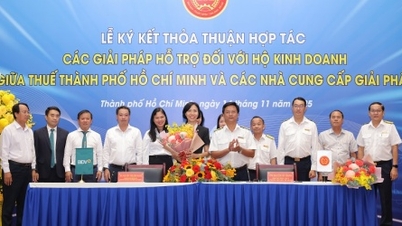



















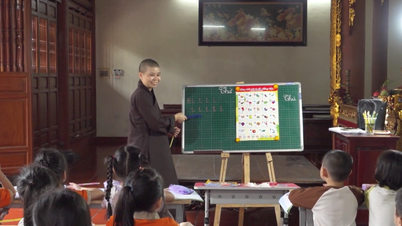









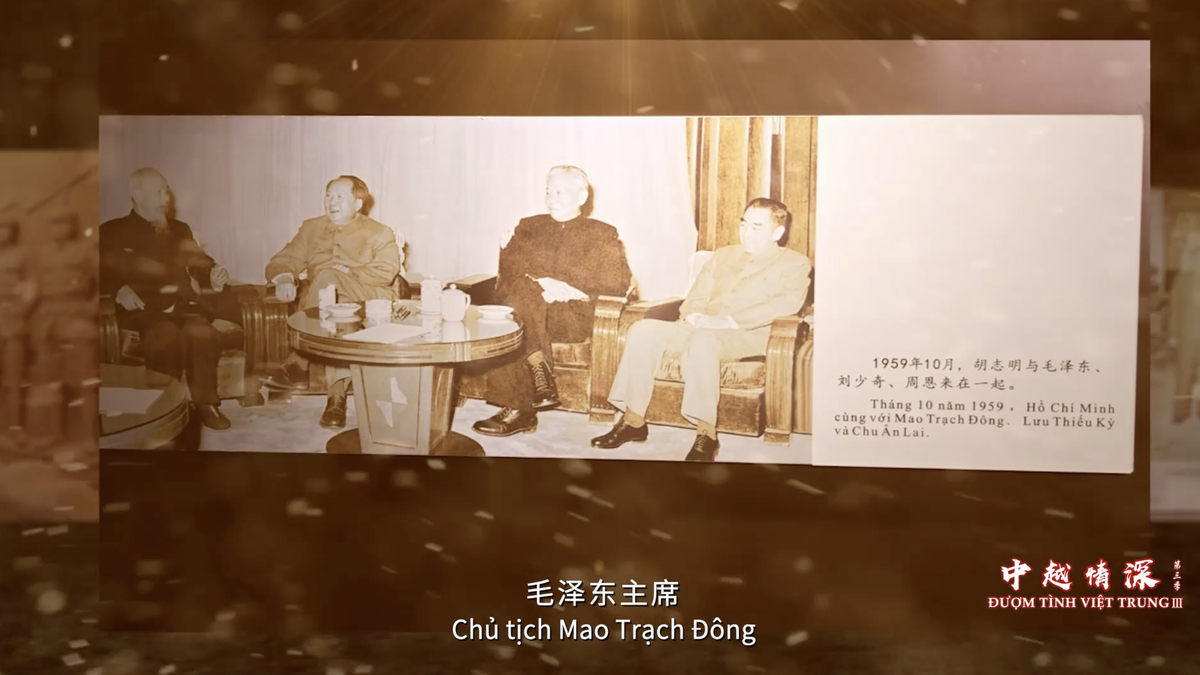

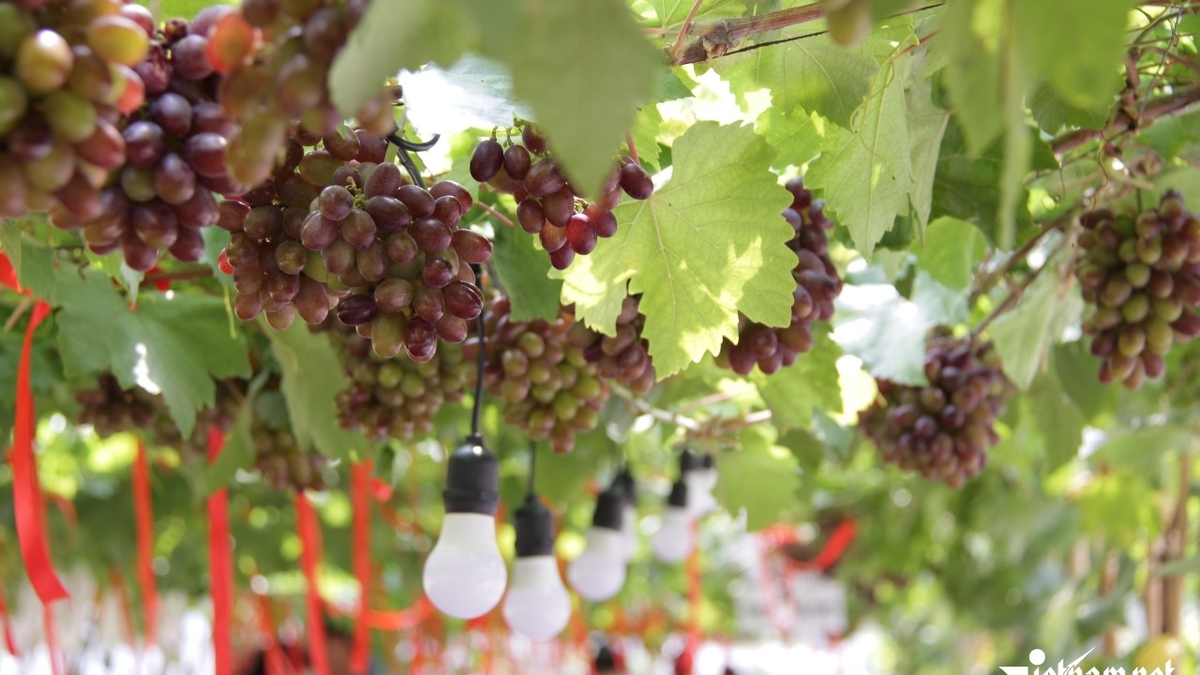


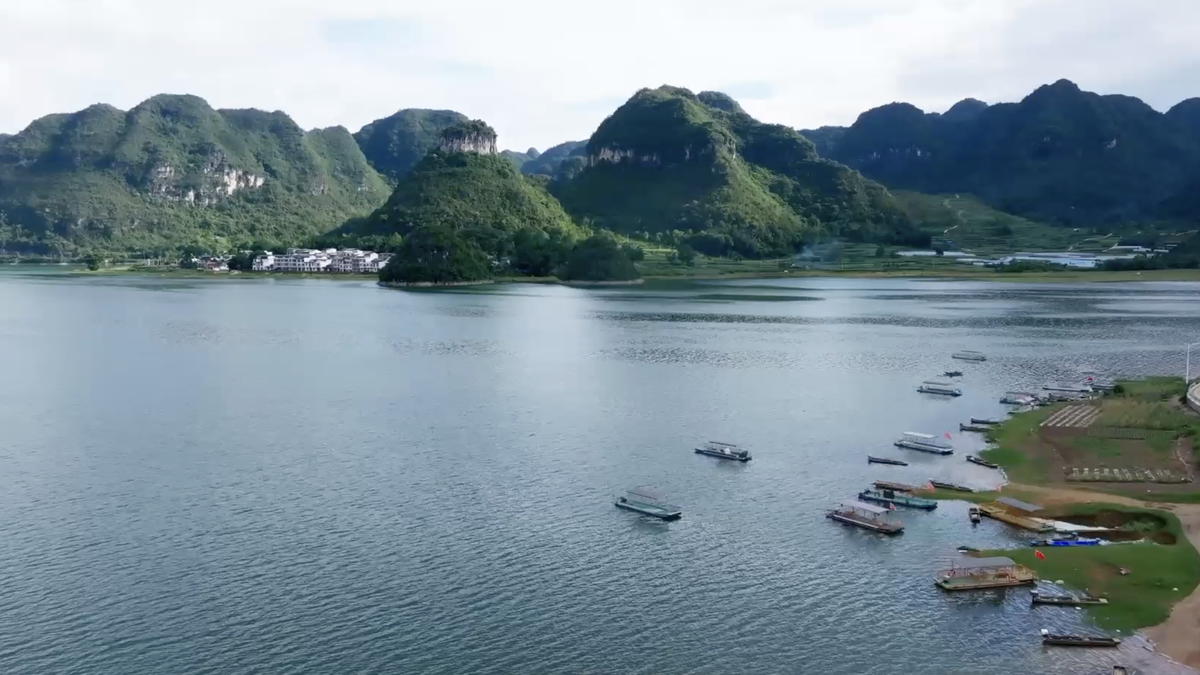
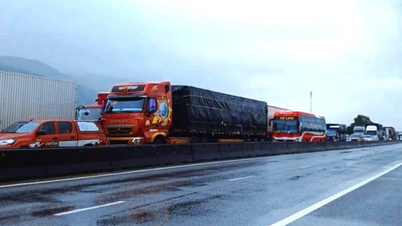


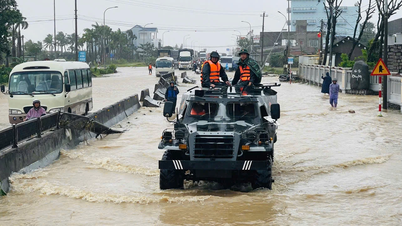
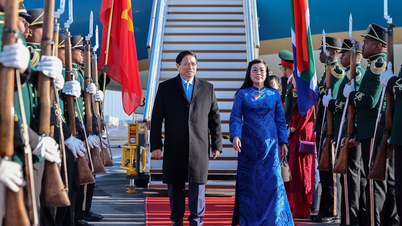

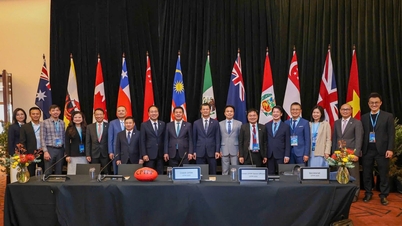
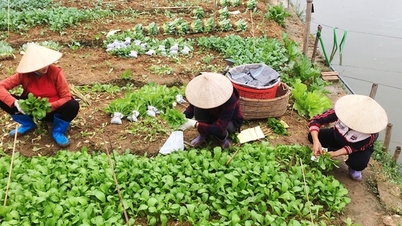

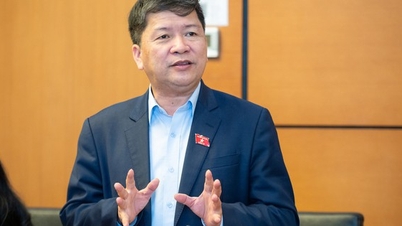


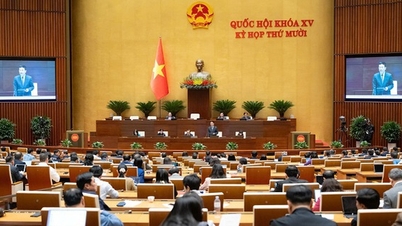




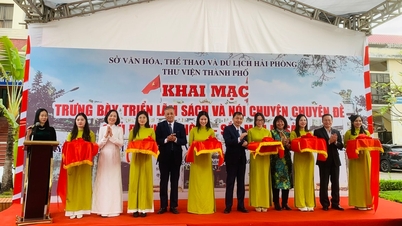


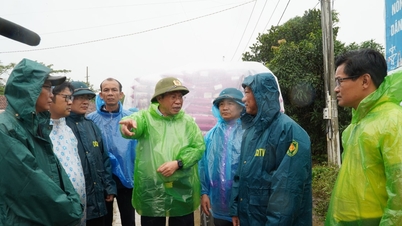
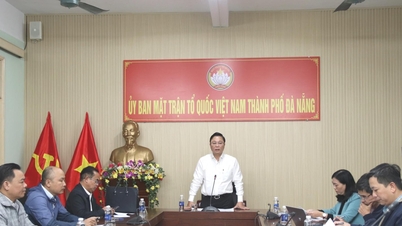




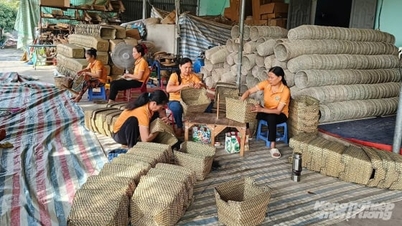

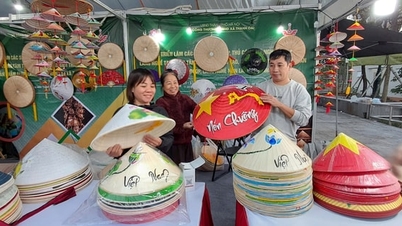

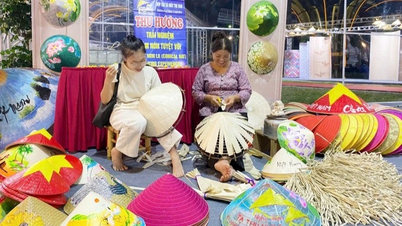





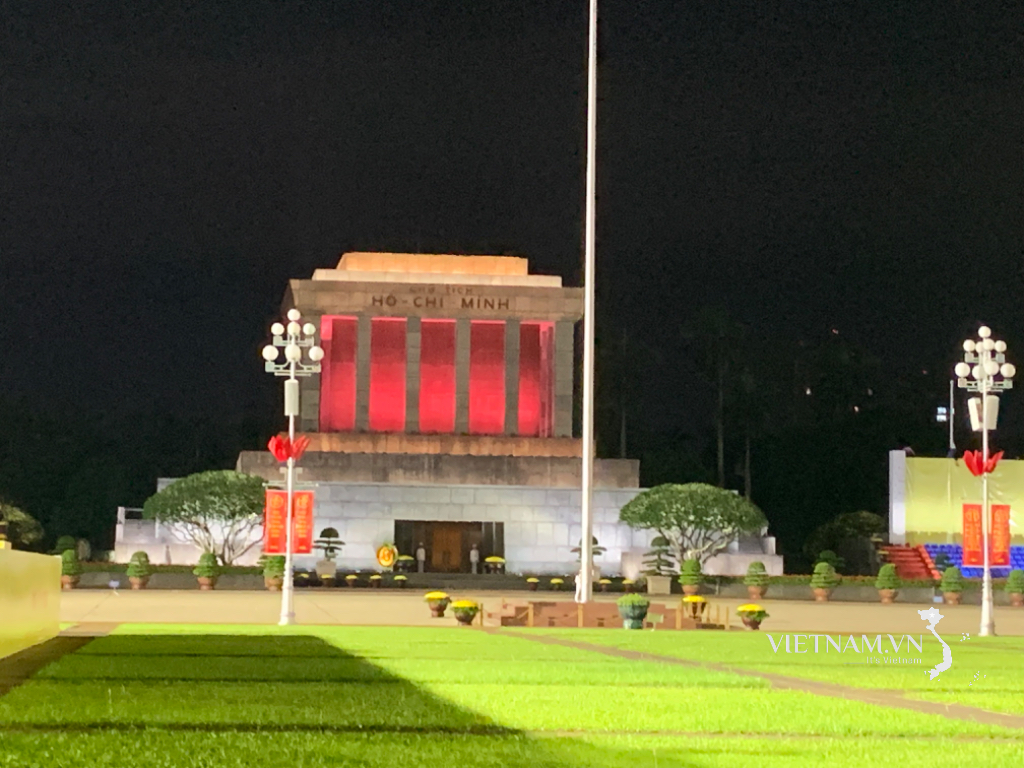


Comment (0)